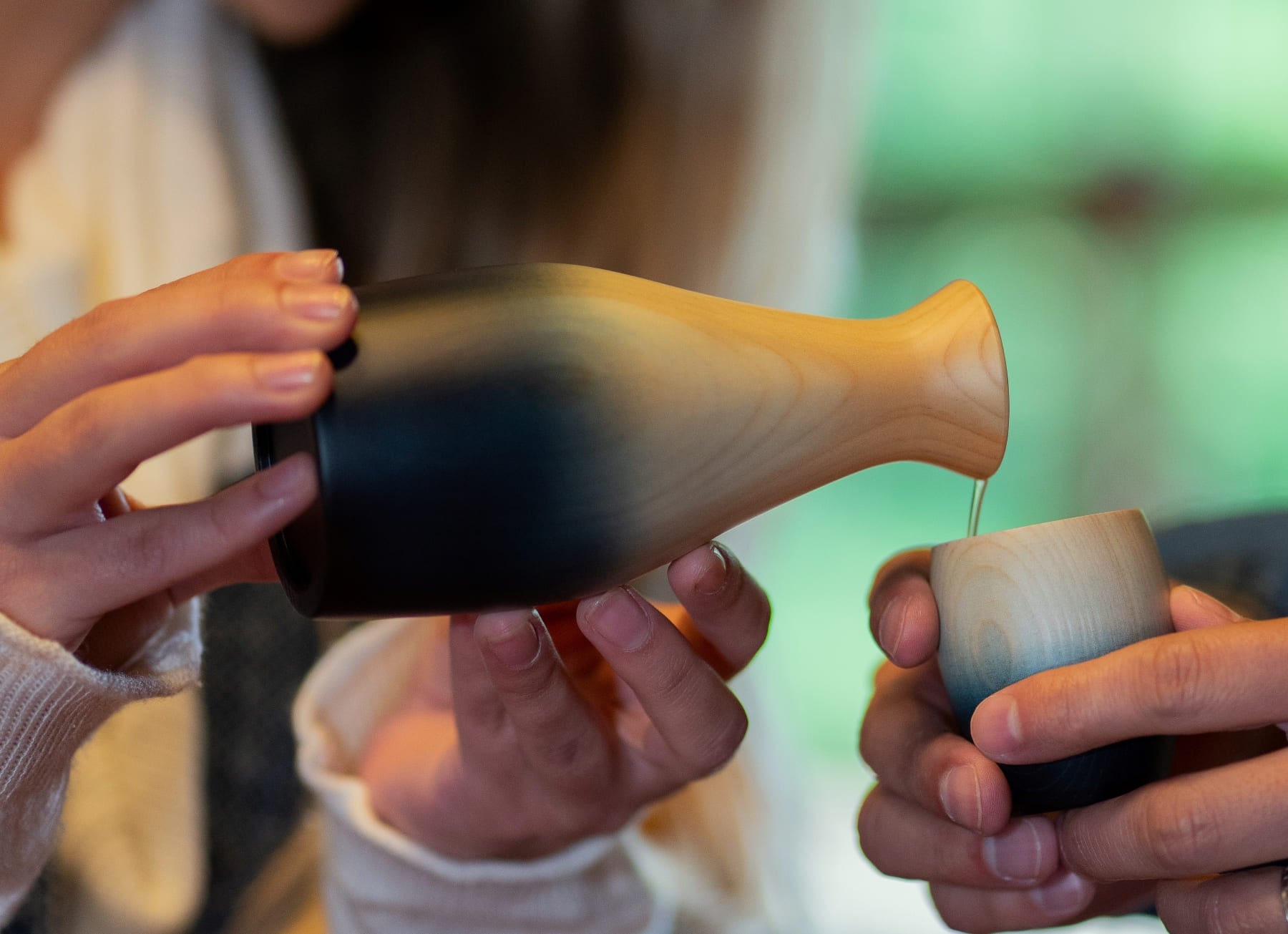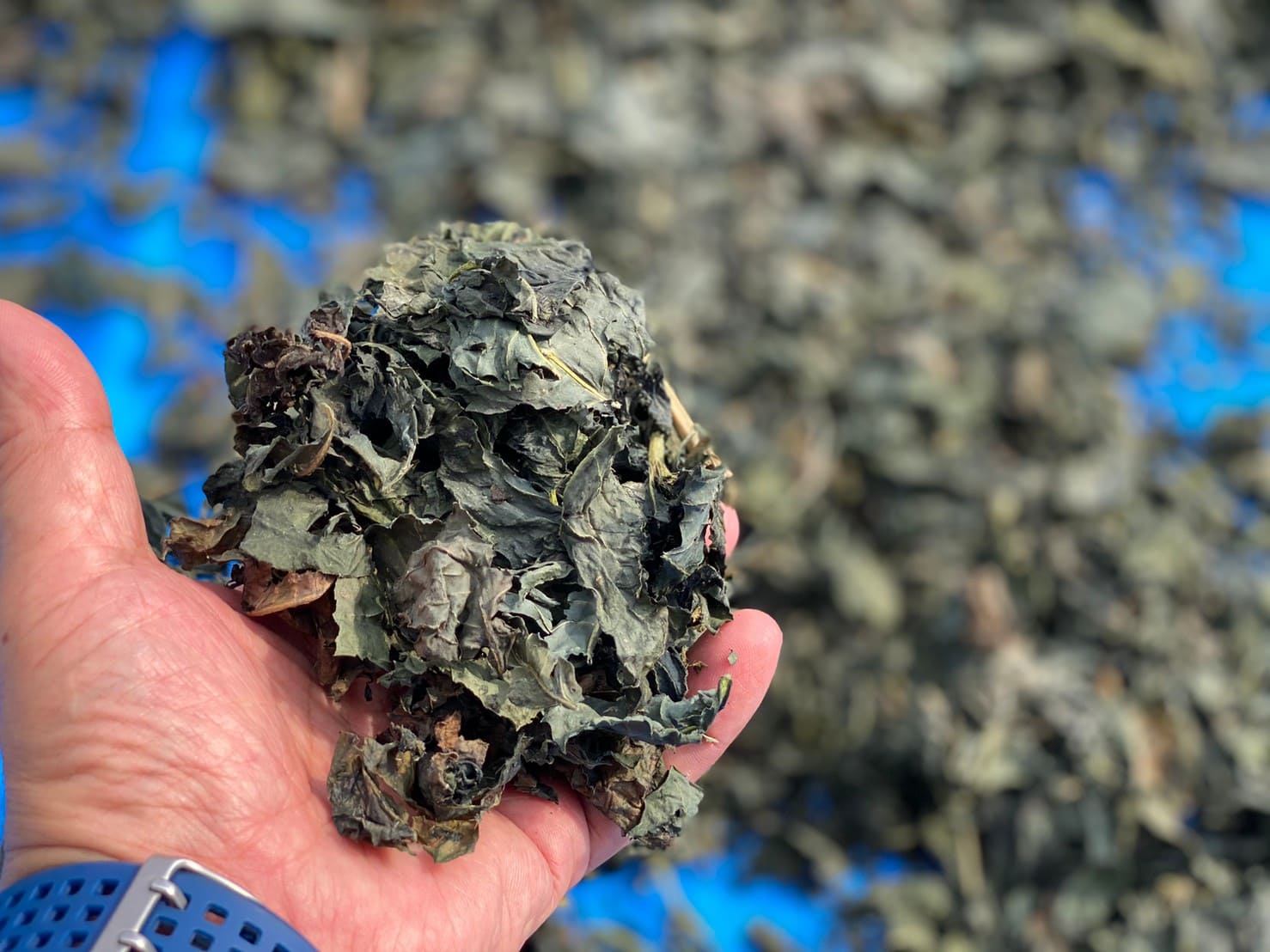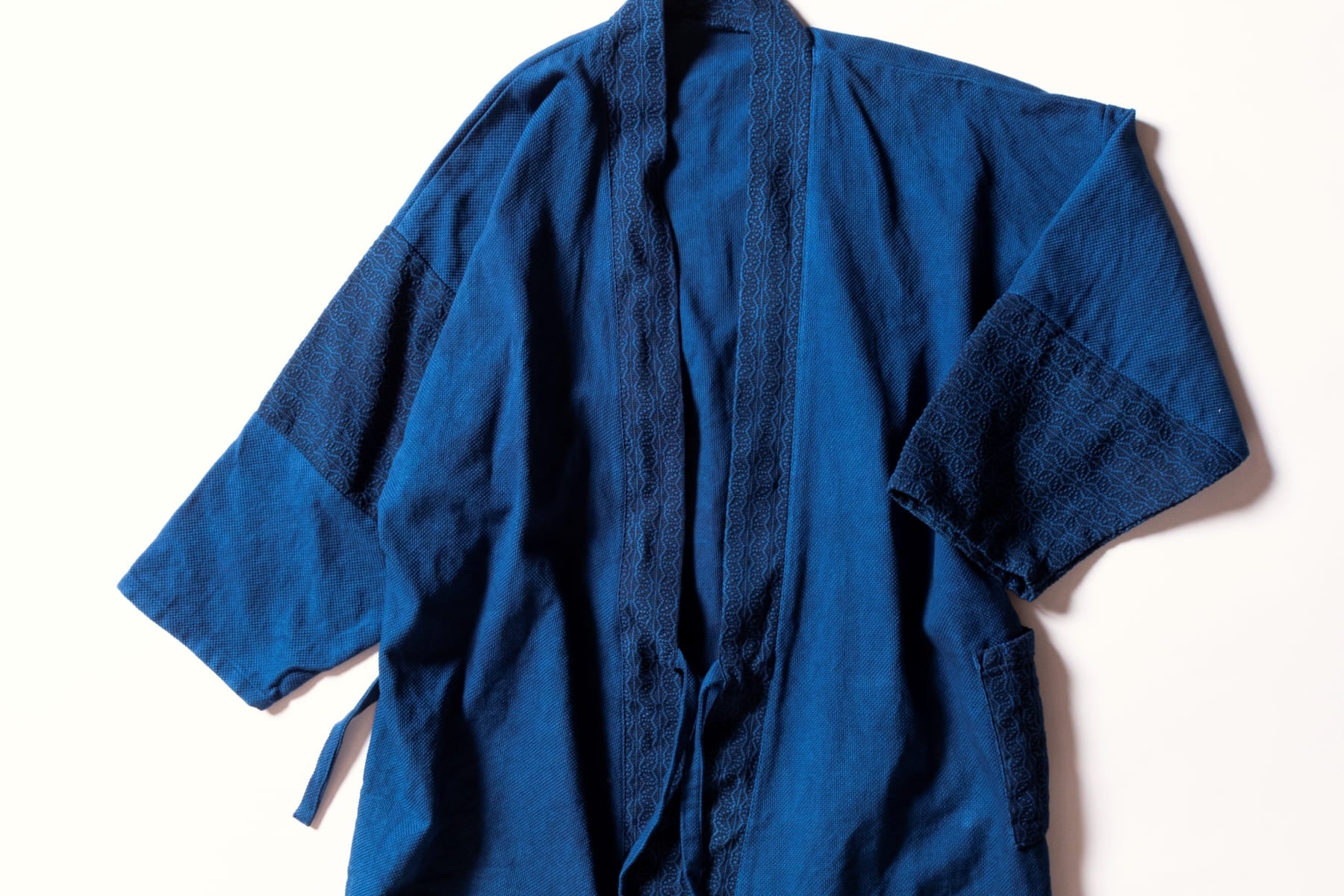Knowing how to drink sake in an authentic way allows you to enjoy the same drink in different ways. Here are some tips on how to prepare and drink sake in order to enjoy its flavor.
Enjoy Sake at Varying Temperatures
The first thing you need to know about preparing sake is its temperature. You've probably seen or tried sake served “cold” or “hot” at bars and restaurants. The reason sake is served at varying temperatures is that changing its temperature also changes its aroma and flavor. Different sake brands also recommend temperatures best suited to their sake.
As such, it is said that sake is the only drink in the world that can be enjoyed at varying temperatures. Sake can be prepared according to a wide range – from 5 to 60 degrees Celsius. These temperatures are often classified into four main types: reishu (chilled), hiya (cold), nuru kan (warm), and atsu kan (hot). The following describes the characteristics of these four types.
Reishu (Chilled Sake) for a Refreshing Taste
Chilled sake refers to sake that has been cooled to between 0 to 15 degrees Celsius. Because sake's aroma and sweetness become less noticeable when chilled, this type of sake is ideal for those who want less of sake's unique aroma and sweetness, and more of its refreshing taste. With its bright aroma and fruity taste, ginjo sake (premium sake ) is refreshing when chilled – these temperatures gradually unfurl ginjo's aroma for your enjoyment.
Also, sake does not freeze even when chilled to 0 degrees Celsius due to its high alcohol content. However, its texture turns sherbet-like, so it can be enjoyed as “sake that can be eaten.” Try it especially during summer.
Incidentally, sake chilled between 0 to 15 degrees Celsius have different names based on 5 degree increments.
0℃ mizore zake (“sleet”)
5℃ yuki hie (“snow”)
10℃ hana hie (“flower”)
15℃ suzu hie (“cool”)
Experience Sake's Fundamental Flavor in Hiya (Cold Sake)
Cold sake refers to sake at a temperature of 20 to 25 degrees Celsius. Although the Japanese character hiya (cold) is used in its name, the word “hiya” actually refers to sake at room temperature. This is a remnant from the olden days when there was no established way to cool sake, so the coldest sake was sake at room temperature.
Especially fine sake is best drunk cold, because cold sake reveals sake's fundamental flavor. Sake that isn't particularly fine may have an unpleasant taste that detracts from its flavor. Serving sake cold may be the best way to drink sake with a subdued flavor such as junmai shu (sake that is only made with rice, yeast, and water), or seishu (a refined sake made with properly polished rice). To check if sake is of high quality, it may be good to first try it cold.
Sake's Aroma Unfurls in Nuru kan (Warm Sake)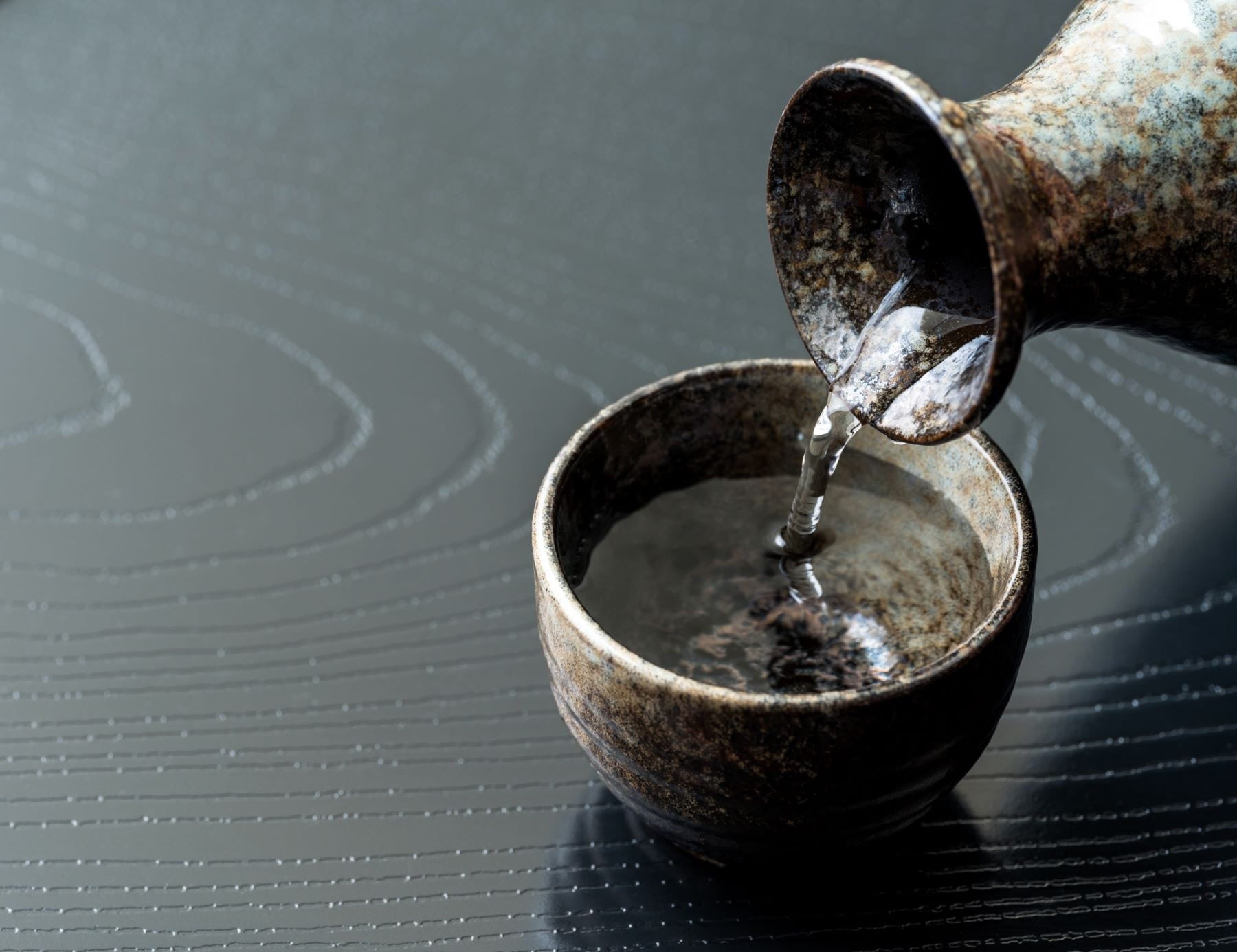
Warm sake refers to sake at a temperature of 30 to 40 degrees Celsius. As its name implies, nuru kan is sake that has been warmed to a temperature that feels warm to the touch. At this temperature range, sake becomes sweeter, more fragrant, more full-bodied, and smoother on the palate. Thus, warm sake is perfect for those who want to experience sake's sweetness and aroma. Sake's sweetness comes from rice – this is why junmai shu is best served warm which gives the sake a deeper, richer taste.
As with chilled sake, warm sake is also named based on 5 degree increments.
30℃ hinata kan (“sunny”)
35℃ hitohada kan (“to the touch”)
40℃ nuru kan (“warm”)
Sake's Flavor and Aroma Mellow in Atsu kan (Hot Sake)
Hot sake refers to sake at a temperature of 45 to 55 degrees Celsius. Serving sake hot mellows its sweetness so you can enjoy a crisper sake. The heat also increases its spiciness, thus sake is best served hot if you want a sharp sake. Even if you don't drink sake regularly, try hot sake because like cold sake, it's also refreshing and easy to drink but in a different way. The best sake for hot sake are junmai shu and honjozo (sake with alcohol added), as their sweetness mellows and changes into umami.
The names for hot sake also change depending on their temperatures.
45℃ jo kan (“high”)
50℃ atsu kan (“hot”)
55℃ tobikiri kan (“extra”)
Enjoy Sake with a Twist
Now let's take a look at how to enjoy sake with a twist. The following recommendations are for those who want to drink sake in a different way than usual, and for those who are not regular sake drinkers.
On The Rocks
As in chilled sake, sake is usually drunk after it is cooled on its own, but it can also be enjoyed with ice. Sake on the rocks is best drunk on a hot summer day – it's eminently drinkable and goes down smoothly. You can also add ice to unpasteurized sake and see how good it is. Ice dilutes a strong-tasting sake or one with a high alcohol content. Sake breweries also offer sake on the rocks, so do give it a try.
Mix with a Carbonated Drink
If you don't like sake, you might want to try mixing it with a carbonated drink. This is another way of drinking sake recommended by breweries, as it makes sake more refreshing and easier to drink. Mixing daiginjo (premium sake) with soda water, or nigori zake (unrefined sake) with sweet cider, or with cola to make something like a cola highball – the possibilities are endless. Perfect your ratio and keep finding ways to make a truly delicious drink.
Enjoy as a Japanese Cocktail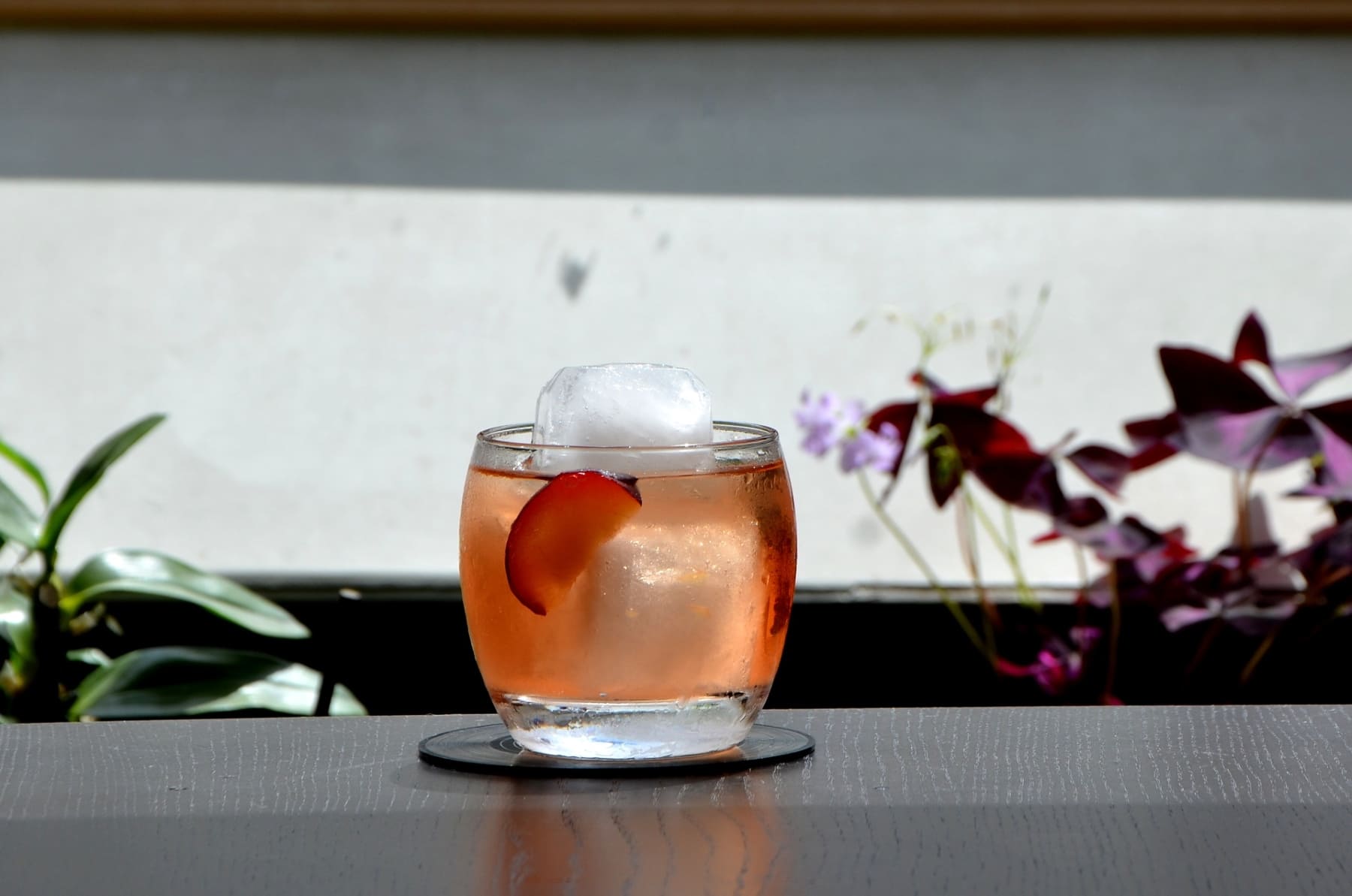
For a different experience, it's fun to add a twist to sake you're used to drinking. Made from high-quality water and ingredients, sake makes a superb base for cocktails. There are many other ways of diluting it aside from mixing it with carbonated drinks – there are many sake enthusiasts who enjoy sake combined with unexpected ingredients such as milk and tomato juice.

